Ah, the sweet sensation of watching your toilet turn into a mini-geyser, spewing forth a torrent of water and, ahem, unmentionable debris onto your freshly cleaned floors. Okay, maybe not so sweet. But if you’re reading this, chances are you’re in the midst of dealing with the aftermath of a toilet overflow, and wondering how to navigate the murky waters of an insurance claim.
Fear not, dear reader, for you’re about to launch on a journey of discovery, where we’ll guide you through the process of filing a successful claim and getting your life (and bathroom) back to normal.
What to Do Immediately
While your initial reaction might be to panic, it’s important to take swift action to mitigate the damage and ensure a successful insurance claim. Stay calm, and focus on containing the situation (literally!).
Turn off the water supply
On your marks, get set, stop that flow! Locate the shut-off valve behind the toilet and turn it clockwise to prevent further water damage. Don’t worry if you’re not a plumber; this is a simple task that’ll save you a world of trouble.
Contain the damage
Across the affected area, grab some towels, mops, or even a wet/dry vacuum to soak up as much water as possible. The goal is to prevent the water from spreading and causing more damage.
Understanding the importance of containment is key. By acting quickly, you’ll reduce the risk of structural damage, mold growth, and electrical hazards.
Take photos and videos of the damage before you start cleaning up, as this will be valuable evidence for your insurance claim. Don’t throw away any damaged items just yet; your insurance adjuster may need to inspect them.
Assessing the Damage
It’s imperative to take stock of the mess left behind by the toilet overflow. Take a deep breath, put on your rubber gloves, and get ready to survey the damage. Be thorough, as this assessment will help you build a strong case for your insurance claim.
Take photos and videos
Across every inch of your bathroom, capture evidence of the destruction. Take clear, well-lit photos and videos of the water damage, destroyed flooring, and any other affected areas.
This visual proof will help support your claim and provide a clear picture of the extent of the damage.
Make a list of affected items
Across the bathroom, identify every item that’s been damaged or destroyed, from towels to toiletries. Write down each item, including its age, original price, and current condition.
Even the smallest items, like a favorite bath toy or a bottle of shampoo, can add up to a significant claim. Be meticulous, and don’t assume anything is too insignificant to include.
Your insurance company will appreciate the detail, and you’ll be more likely to receive fair compensation for your losses.
Filing the Claim
There’s no time to waste when it comes to filing your toilet overflow insurance claim. The sooner you get the process started, the sooner you can get back to your normal routine (and a functioning toilet).
Notify your insurance company
Claiming compensation for your toilet troubles begins with a simple phone call or online submission to your insurance provider. Be prepared to provide some basic information about the incident, including the date, time, and cause of the overflow.
Gather required documents
At this stage, you’ll need to collect evidence to support your claim, such as photos of the damage, repair estimates, and receipts for any temporary accommodations or expenses.
Indeed, gathering these documents might seem like a hassle, but trust us, it’s worth it. Think of it as building a case for why you deserve reimbursement for your toilet-related woes. The more thorough you are, the stronger your claim will be. So, take your time, and don’t be afraid to get a little meticulous – your wallet (and your sense of humor) will thank you.
Dealing with Adjusters
To navigate the often-complex process of filing a toilet overflow insurance claim, you’ll need to interact with adjusters – the insurance company’s representatives tasked with investigating and settling your claim. Be prepared for a potentially lengthy and detailed conversation, as they’ll want to gather information about the incident, assess the damage, and determine the extent of your coverage.
Be prepared for their questions
About the specifics of the overflow – what happened, when, and how – be ready to provide a clear, concise account. This includes details on the toilet’s age, maintenance history, and any previous issues you’ve experienced. The more information you can provide, the smoother the process will be.
Don’t be afraid to ask yours
With the adjuster’s questions answered, it’s your turn to seek clarification. Don’t hesitate to ask about the claims process, the timeline for resolution, or what documentation you’ll need to provide.
In addition, ask about the adjuster’s experience with similar claims, their approach to assessing damage, and what factors will influence the final settlement amount. This will not only give you a better understanding of the process but also help you gauge the adjuster’s expertise and build trust in their handling of your claim.
Repairs and Restoration
For a toilet overflow, you’ll want to get your home back in working order as quickly as possible. This means tackling repairs and restoration with a sense of urgency. Your insurance company will likely recommend a list of approved contractors, but it’s vital to do your due diligence to ensure you’re getting the best service possible.
Finding a Reputable Contractor
Between online reviews, word-of-mouth referrals, and insurance recommendations, you’ll have a plethora of options to choose from. Take your time to research and vet potential contractors, checking their licenses, certifications, and previous work experience.
Getting Your Home Back to Normal
Around this time, you’ll be itching to get your daily routine back on track. With a reliable contractor on board, you can finally start envisioning a toilet-overflow-free future.
For instance, a good contractor will not only fix the immediate issue but also identify and address any underlying problems that may have contributed to the overflow in the first place. They’ll work with you to create a plan that suits your needs and budget, ensuring that your home is restored to its former glory. And, who knows, maybe even better than before – after all, a toilet overflow can be a great opportunity to upgrade those outdated fixtures!
Common Issues and Pitfalls
Your toilet overflow insurance claim may seem straightforward, but beware of potential hurdles that can slow down or even derail the process.
Delays in Processing
Before you submit your claim, make sure you have all the necessary documentation, including photos, receipts, and witness statements. Incomplete or missing information can lead to lengthy delays, causing frustration and financial strain.
Disputes over Coverage
By the time you file your claim, you’ve likely already been dealing with the aftermath of the toilet overflow, and the last thing you need is a dispute with your insurance company over what’s covered and what’s not.
Pitfalls abound when it comes to disputes over coverage. For instance, if you didn’t maintain your toilet properly, your insurer might argue that the overflow was preventable, and therefore, not covered. Or, if you didn’t notice the leak in time, they might claim that the damage was gradual, rather than sudden, which could affect your coverage. Be prepared to negotiate and advocate for yourself to get the compensation you deserve.
Summing up
Presently, you’ve waded through the messy waters of toilet overflow insurance claims, and hopefully, you’re now better equipped to tackle the process with confidence. Your patience and persistence will pay off when you finally receive reimbursement for the damages. Don’t be discouraged if the process takes time; stay organized, keep detailed records, and communicate effectively with your insurance provider. With these tips, you’ll be well on your way to resolving your toilet overflow insurance claim and getting your life back to normal – or at least, as normal as it can be after a toilet overflow disaster!

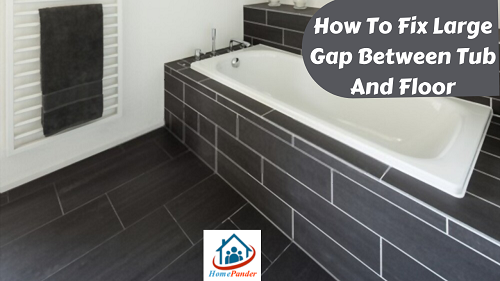

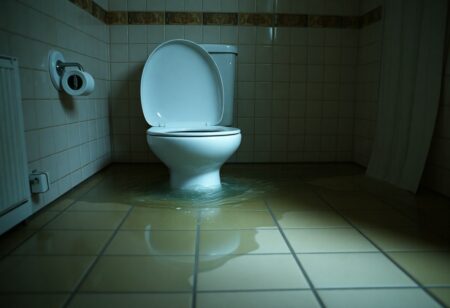
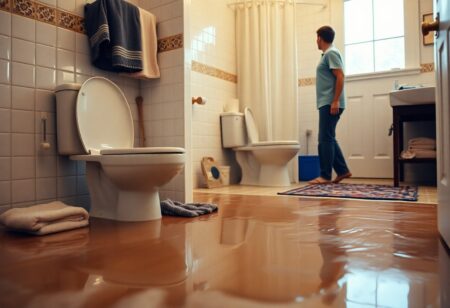
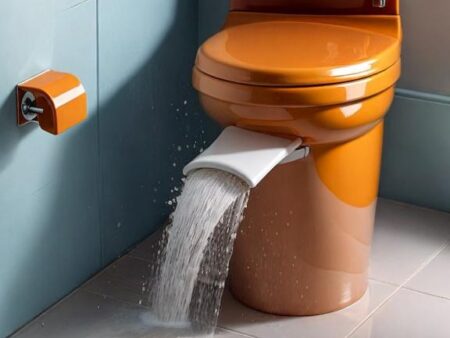

![How to Remove Crystallized Urine [Explained]](https://homepander.com/wp-content/uploads/2022/02/How-To-Remove-Crystallized-Urine.jpg)

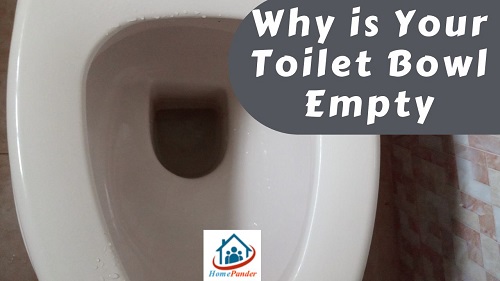

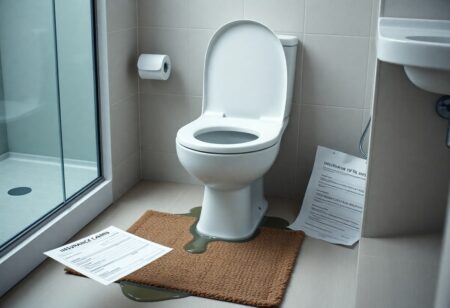

![How To Clean Dark Grout That Has Turned White [5 Easy Ways]](https://homepander.com/wp-content/uploads/2021/12/How-To-Clean-Dark-Grout-That-Has-Turned-White.webp)